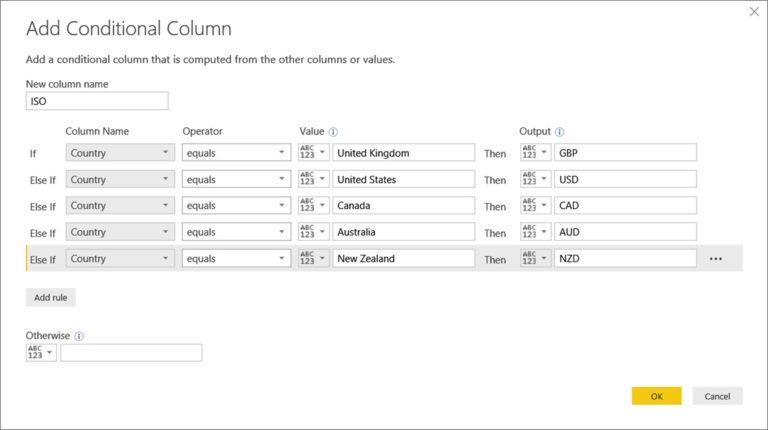MicroStrategy for Power BI
Power BI is a powerful business intelligence tool that allows organizations to analyze data and create visualizations that help inform business decisions. One of the key features of Power BI is the ability to connect to various data sources and extract data using Power Query. In this article, we will explore how to connect to a MicroStrategy data source from inside Power BI using Power Query M Language code.
What is Power Query?
Power Query is a data transformation and query language that is used in Power BI to extract data from various sources. It allows users to connect to data sources, transform and shape data, and load data into Power BI. Power Query is used to perform a wide range of data transformation tasks, such as filtering, sorting, merging, and pivoting data.
What is MicroStrategy?
MicroStrategy is a business intelligence and analytics platform that allows organizations to analyze large amounts of data and create reports and dashboards. It provides a wide range of features such as data discovery, data visualization, and advanced analytics.
Connecting to MicroStrategy from Power BI
To connect to the MicroStrategy data source from inside Power BI, we can use the Power Query M Language code. The M Language code allows us to write custom queries that can be used to extract data from the data source.
Step 1: Open Power BI and Select the Data Source
To connect to the MicroStrategy data source from Power BI, open Power BI and select the “Get Data” option. From the list of data sources, select “MicroStrategy”.
Step 2: Enter the Connection Details
In the MicroStrategy connection window, enter the connection details such as the server name, port, and authentication details. Click on “Connect” to test the connection.
Step 3: Write the Power Query M Language Code
Once the connection is successful, we can write the Power Query M Language code to extract data from the data source. The code can be written in the “Advanced Editor” window.
Here is an example of Power Query M Language code that can be used to extract data from the MicroStrategy data source:
let
Source = MicroStrategy.Database(“server name”, “port”),
Query = “SELECT FROM table_name”,
result = Source{[Query=Query]}[Data]
in
result
In the above code, we first connect to the MicroStrategy data source using the server name and port. We then write a SQL query to extract data from a specific table. Finally, we load the data into Power BI.
Step 4: Load the Data into Power BI
Once the code is written, we can load the data into Power BI by clicking on “Close & Apply” in the “Power Query Editor” window.
Conclusion
In this article, we explored how to connect to a MicroStrategy data source from inside Power BI using Power Query M Language code. We learned how to write custom queries to extract data from the data source and load it into Power BI. Power BI’s ability to connect to various data sources and extract data using Power Query makes it a powerful tool for analyzing data and creating visualizations.









